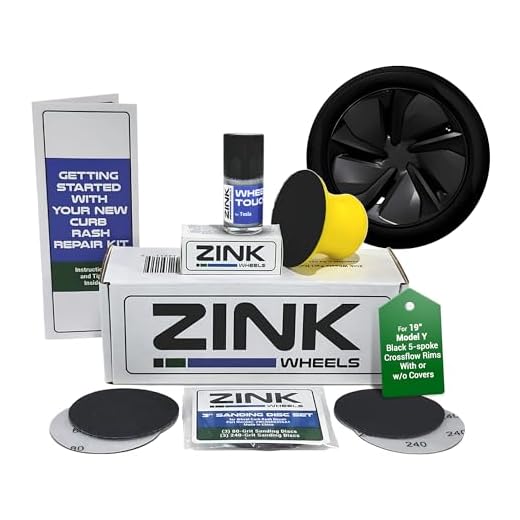

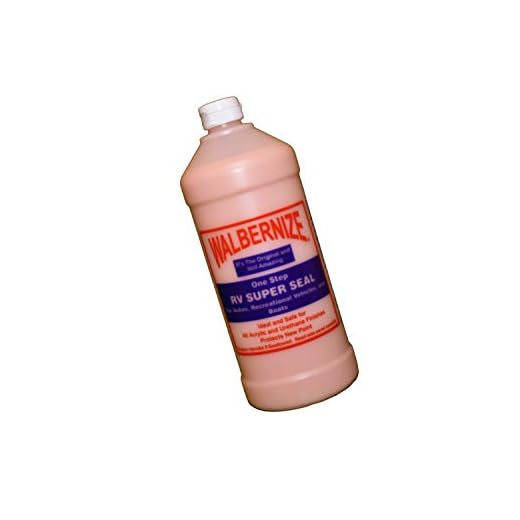

Using high-powered cleaning equipment on your vehicle’s exterior is not without risk. While it can effectively remove grime, there is potential for unintended consequences if not done correctly. Maintaining the integrity of your automobile’s finish requires careful attention to the settings of the device being used. I have often observed that pressures exceeding 1500 PSI can easily strip away protective wax layers and even lead to scratches.
When managing the cleaning process, the type of nozzle is equally important. A narrow focus can increase the force on a specific area, which might compromise protective coatings. For optimal results, utilise a wider spray pattern and keep a safe distance–preferably no closer than 2 feet from the surface. Remember, the aim is to cleanse without harming.
Regularly inspecting surfaces for imperfections before employing such cleaning techniques is crucial. Devoting a few moments to scrutinise the condition of your vehicle can save you from costly touch-ups in the future. Employing a methodical approach will ensure your car’s exterior remains as stunning as the day you acquired it.
Can a Pressure Washer Harm Automotive Finishes?
To prevent harm to your vehicle’s finish, keep the nozzle distance at least 18 inches from the surface during cleaning. The force exerted by these machines can strip away protective wax layers and even compromise the clear coat if misused.
Always utilise a wide-angle nozzle for gentle coverage, and maintain a consistent motion while washing. Target areas of heavy dirt accumulation first and avoid prolonged exposure in one spot, which can lead to uneven wearing of the surface.
Pay attention to the settings of the equipment. A lower setting may suffice for general cleaning, whilst the highest pressure is reserved for heavy-duty tasks, such as removing grime from wheels or undercarriage parts. Choosing the right setting is paramount for preserving the exterior finish.
It’s advisable to opt for a cleaning solution specifically designed for automotive use, rather than harsh chemicals that could exacerbate abrasion or fading. Always rinse thoroughly to ensure no soap residue remains, as it can create streaks or damage over time.
Summary of Best Practices:
| Practice | Recommendation |
|---|---|
| Nozzle Distance | Maintain at least 18 inches |
| Nozzle Type | Use a wide-angle nozzle |
| Pressure Setting | Opt for lower settings for delicate surfaces |
| Cleaning Solution | Use automotive-specific products |
| Rinsing | Ensure thorough rinsing |
Observation and caution are your allies. Regular maintenance using suitable techniques enhances vehicle longevity and appearance without risking its finish.
Understanding Pressure Washer Settings for Car Care
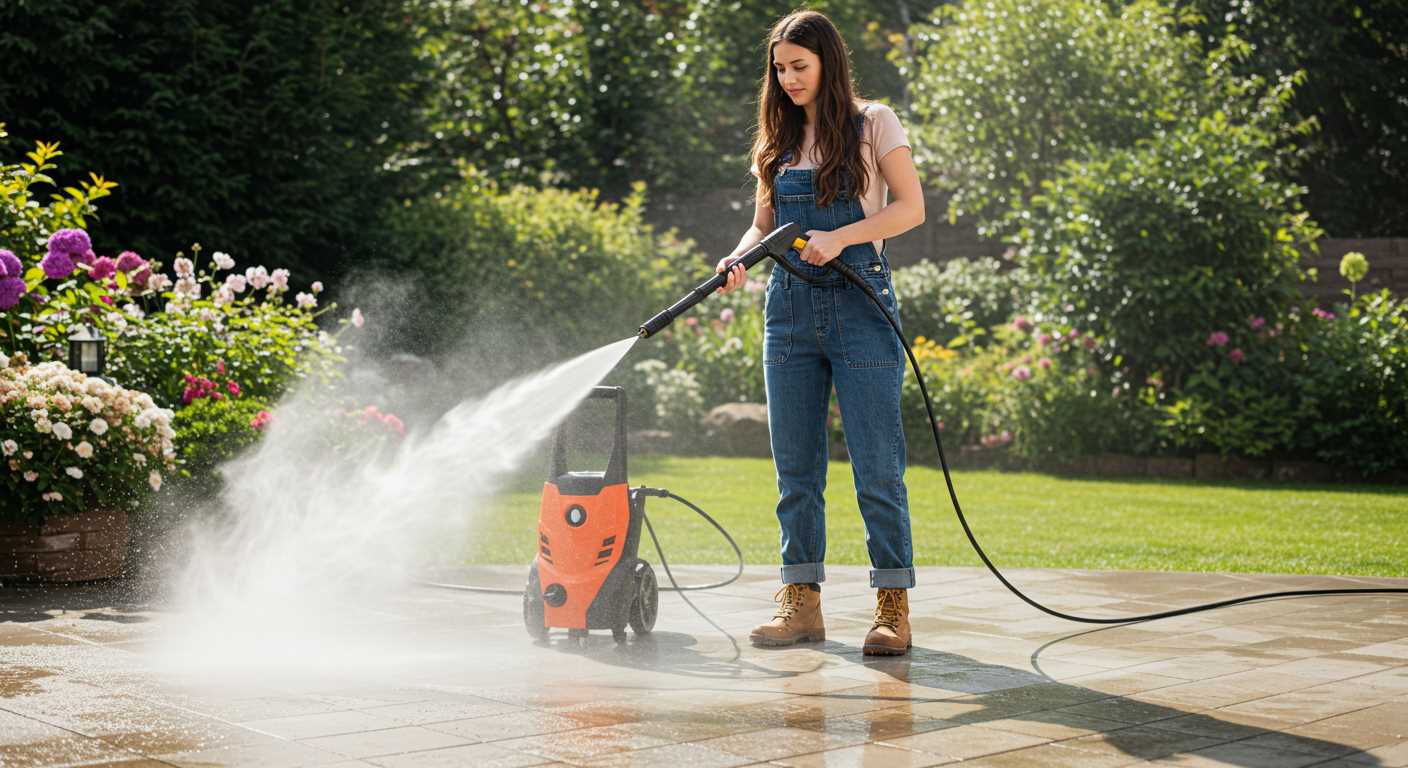
To safeguard your vehicle while using a cleaning device, it’s critical to adjust the settings properly. Set the output pressure between 1200 to 1900 PSI when rinsing the surface. This range effectively removes dirt without compromising the finish.
Choosing the Right Nozzle
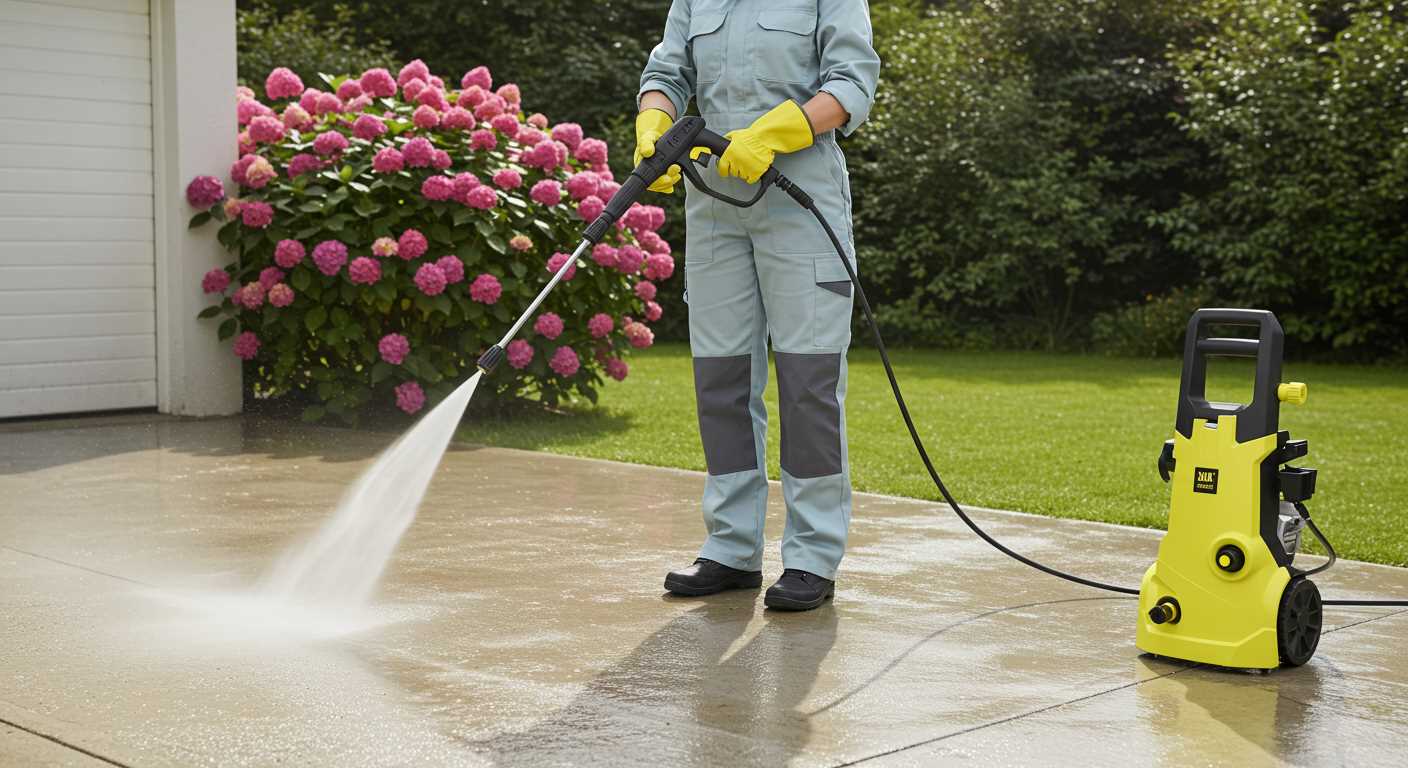
Select a nozzle with a wider spray angle, such as 25 or 40 degrees. This spreads the water across a larger area, minimizing direct impact on the bodywork. Avoid narrow nozzles, as they concentrate force at a single point, increasing the risk of harm.
Distance Matters
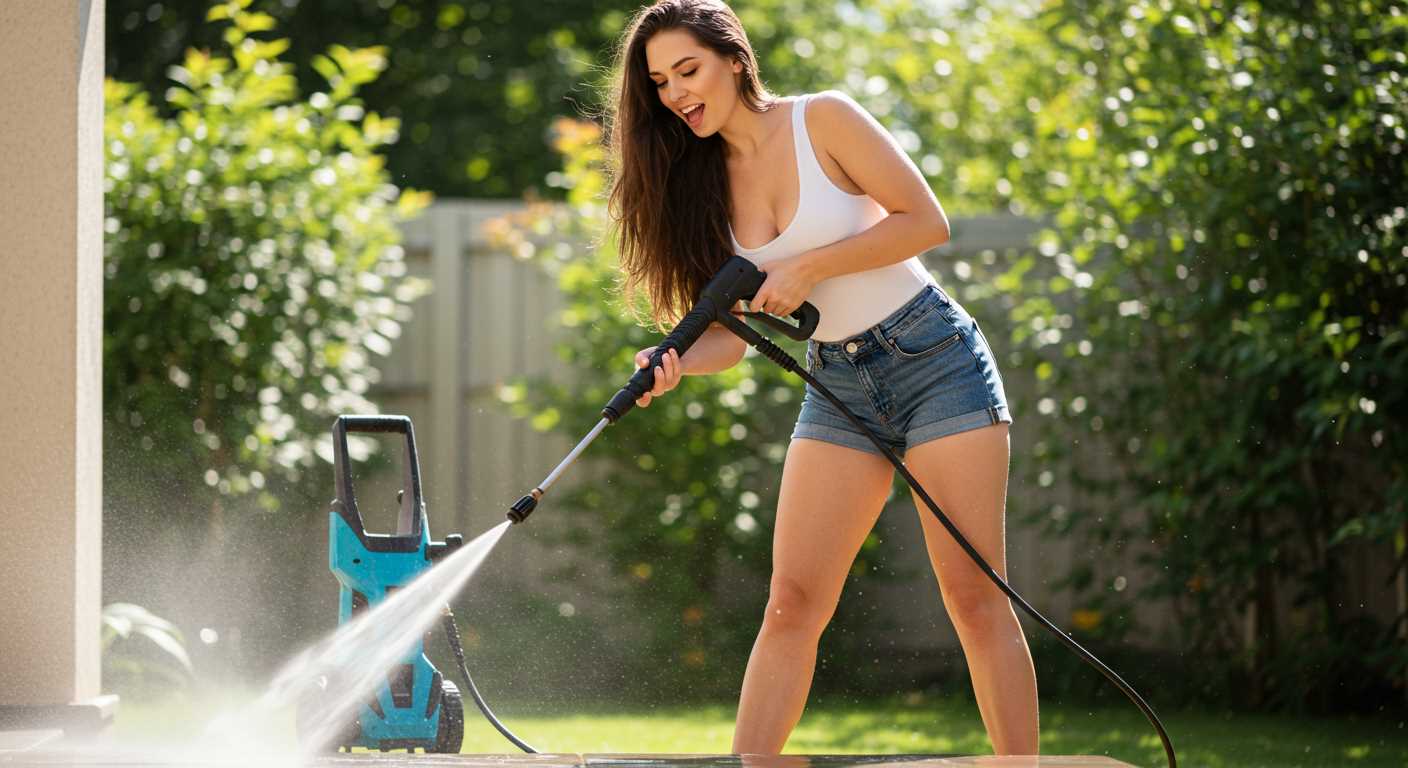
Maintain a safe distance of at least 2 feet from the surface while cleaning. This technique further reduces the intensity of the water hitting the exterior, protecting it from scratches and other issues. Angle the spray slightly to avoid direct contact with sensitive areas like trim or clear coat edges.
Always apply a low-pressure detergent applicator for pre-soaking stubborn grime, letting it sit for a few minutes before rinsing. This practice reduces the need for high-pressure cleaning, preserving the integrity of the surface.
Following these guidelines will help ensure that your vehicle remains in pristine condition while effectively removing unwanted contaminants.
Identifying Safe Paint Types for Pressure Washing
Always opt for vehicles finished with modern ceramic or acrylic clear coats. These coatings are more resilient against high-pressure cleaning and provide a protective barrier against contaminants.
Paint Types to Trust
- Ceramic Coatings: Known for their durability and chemical resistance, ideal for high-pressure techniques.
- Acrylic Finishes: Less prone to chipping or fading, suitable for frequent washing.
- Factory-Standard Clear Coats: Most vehicles leave the assembly line with these, crafted to endure various cleaning methods.
Paint Types to Avoid
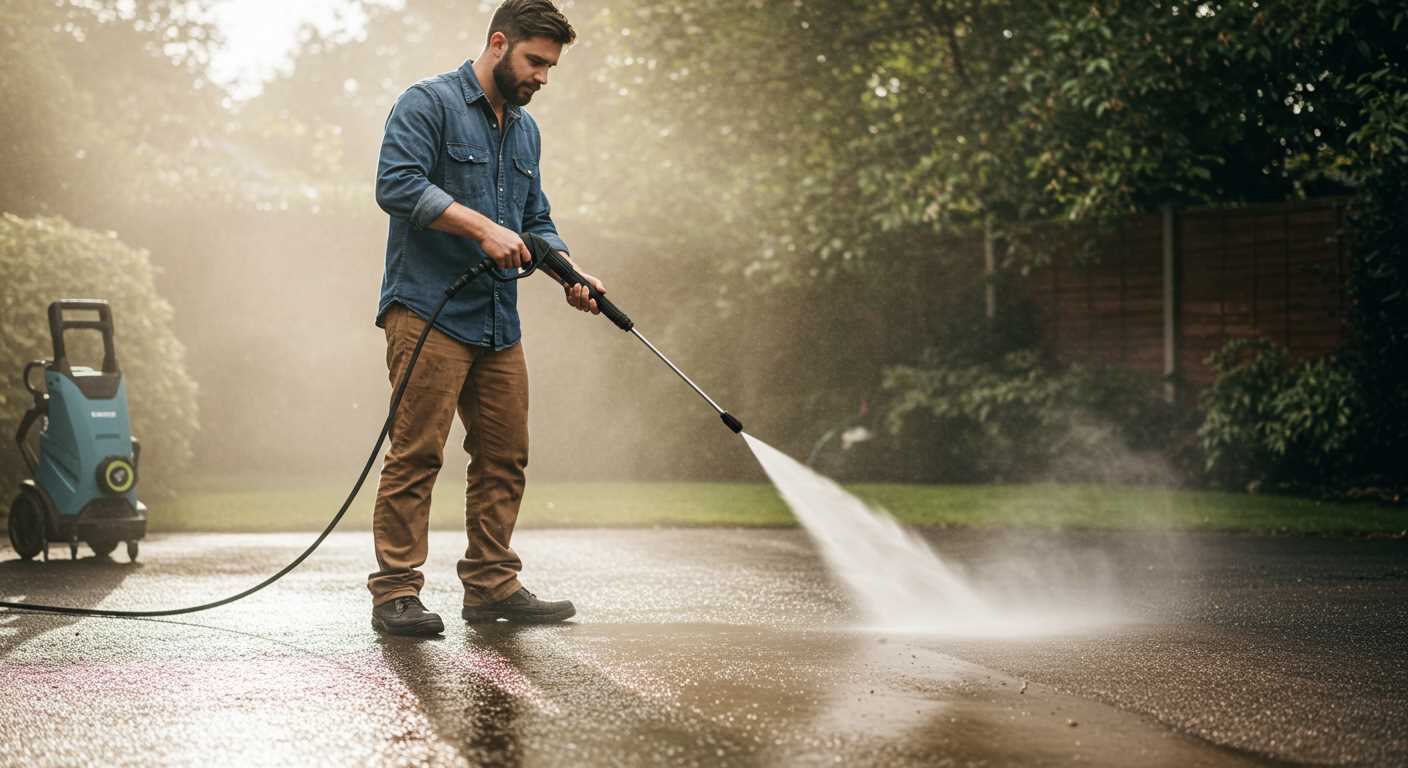
- Single-Stage Paint: Lacks a clear coat, highly susceptible to scratching and degradation from forceful cleaning.
- Matte Finishes: These require special care; aggressive techniques can leave marks or damage the texture.
- Older Paints: Faded or worn finishes may not withstand the rigours of thorough cleansing.
Before proceeding, always test any cleaning method on a small, inconspicuous area. This precaution helps ensure compatibility and prevents unintended consequences. Engaging in this practice can save you from costly repairs or touch-ups.
Assessing Distance and Nozzle Types to Prevent Damage
To avoid harming your vehicle’s finish, the distance between the nozzle and the surface is critical. Maintain a minimum of 2 feet when using high-pressure equipment, gradually increasing the distance if any signs of distress appear. This buffer helps in dissipating the force of the water. For sensitive areas like painted surfaces, I suggest never getting closer than 3 feet.
Choosing the Right Nozzle
The type of nozzle significantly affects the outcome of your cleaning session. Opt for a wide-angle nozzle, such as a 25-degree or 40-degree option, which disperses the water over a broader area, reducing the force on any specific spot. Avoid narrow nozzles, typically producing a concentrated jet, as they can lead to issues with delicate finishes. For detailing tasks, a foam cannon attachment is your ally, allowing a gentler touch while still achieving cleanliness.
Regular Assessment
Before and after each cleaning, inspect your vehicle’s outer layer for any imperfections. This helps to gauge if the chosen settings and distances are effective. If there are any signs of wear or fading, adjust your technique accordingly. A cautious approach, focusing on the interaction between distance and nozzle type, will help protect the exterior integrity while maintaining a clean look.
Determining Safe Pressure Levels for Different Vehicles
For optimal results without risking harm, adhere to specific pressure settings tailored to various vehicle types. Lightweight autos typically withstand pressures up to 1200 PSI, while larger models, such as SUVs, can tolerate levels of approximately 2000 PSI. Always initiate testing with lower settings to gauge the surface response.
Luxury and Classic Vehicles
For luxury or classic vehicles, keeping the intensity under 1000 PSI is advisable. These high-end finishes require extra caution; even minor abrasions can impact value significantly. It’s prudent to opt for foam applications or low-pressure rinsing techniques for these particular models.
Sports and Off-Road Vehicles
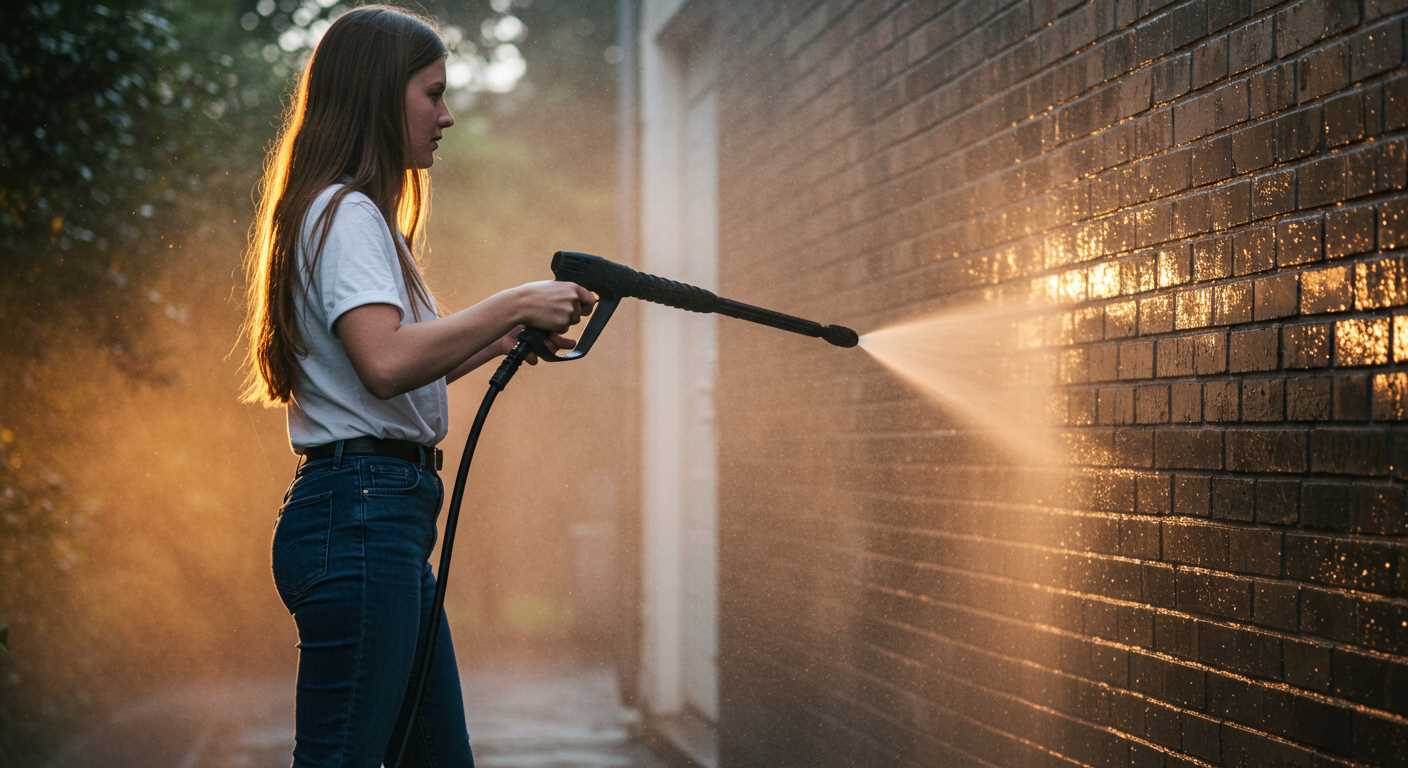
Sports vehicles and off-road units, designed for enhanced durability, may handle pressures around 1800-2000 PSI. Using rotating nozzles can enhance cleaning effectiveness at these settings, although maintaining a safe distance is still vital to preserving the finish.
Always refer to manufacturer specifications when unsure about tolerance levels. Adjust your approach based on the individual characteristics of each vehicle, ensuring the longevity of the exterior finish while achieving a thorough clean.
Evaluating Risks of Pressure Washing on Older Cars
Prioritising caution is essential with vintage vehicles. Old finishes may not withstand vigorous cleaning methods, leading to potential issues. I recommend testing on a discreet section first before moving to more visible areas. This enables assessment of how the surface reacts without causing excessive harm.
Understanding Paint Condition
Inspect the finish for signs of degradation. Faded, chipped, or cracked surfaces are particularly vulnerable. In cases of compromised coatings, opting for a gentler cleaning technique, such as hand washing, is advisable. Avoid any aggressive technique if the paint appears brittle.
Choosing Appropriate Equipment
Selecting equipment with adjustable settings allows for tailored cleaning. For fragile finishes, lower pressure settings are wise, ideally starting at around 1000-1200 PSI. Utilising a wide-angle nozzle can also help disperse water, reducing concentrated force on the auto’s surface. Additionally, keep the sprayer at least 2-3 feet away while working to further minimise risks.
Repairing Paint Damage Caused by Pressure Washing
Immediately assess the extent of the issues. Examine the exterior for scratches, clear coat peeling, or discolouration. Depending on the severity, different solutions apply.
Surface Scratch Repair
- For minor scratches, use a fine automotive rubbing compound. Apply sparingly with a soft cloth in a circular motion.
- Follow up with polish designed for automotive finishes to restore gloss.
- If the scratch exposes primer or metal, consider touch-up paint matched to the vehicle’s colour.
Clear Coat Peeling or Discolouration
- Clear coat issues often require sanding and repainting. Use fine-grit sandpaper to carefully smooth the affected area.
- After sanding, clean the surface thoroughly then apply fresh clear coat per the manufacturer’s instructions.
- For light discolouration, consider professional detailing with specialised products that can rejuvenate the finish.
In cases of significant damage, a full panel respray may be necessary to restore the vehicle’s appearance. Engaging a professional body shop can yield the best results for extensive issues.
Regular maintenance and gentle washing can prevent such problems in the future. Protective waxes and sealants also help shield the finish from future harm.
Alternative Car Cleaning Methods to Consider
I recommend using a two-bucket hand washing method with a high-quality car shampoo. This ensures that you apply soap with a mitt while keeping your rinse water free from dirt particles, minimising the risk of scratches. Use a microfibre cloth for drying to avoid water spots and create a smooth finish.
Steam Cleaning
Steam cleaning is an effective technique to remove grime without harming the vehicle’s exterior. The high temperature of the steam lifts dirt and residue, making it easier to wipe away. This method is particularly beneficial for wheels and wheel wells, where dirt accumulates. Ensure you use a steam cleaner designed for automotive use to control the nozzle and avoid oversaturation.
Foam Cannon with Garden Hose
Utilising a foam cannon attached to a standard garden hose is another excellent approach. This tool applies a thick layer of foam that clings to the vehicle, breaking down contaminants without harsh scrubbing. It’s important to choose a pH-balanced foam solution to protect the surface. After allowing the foam to dwell for a few minutes, simply rinse it off with water, leaving a clean surface behind.




